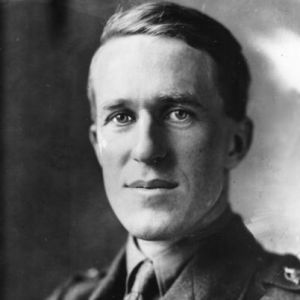Most people picture T.E. Lawrence as the dashing leader dressed in white and gold Arab robes portrayed by Peter O’Toole in the 1962 film Lawrence of Arabia. While the real Lawrence was not exactly like the character in the David Lean film—he never deliberately burned his finger with a match or said he enjoyed killing people, for instance—he was, nevertheless, one of the most colorful figures to emerge from World War I.
Riding a camel and fighting like a Bedouin tribesman, T.E. Lawrence played a leading role as a British adviser to Prince Feisal during the Arab revolt against Turkish rule (1916–1918) and was clearly torn between his pro-British and pro-Arab sympathies. As an adviser to Winston Churchill after the war, Lawrence helped establish Prince Feisal’s family, the Husseins, as rulers in the Middle East. The present King Hussein of Jordan is the beneficiary of Lawrence’s work in helping his grandfather, King Abdullah, solidify control of Transjordan.
Much of Lawrence’s story is fairly well known, thanks not only to the Lean film but to the publicity work of the American journalist Lowell Thomas, who as early as 1919 began telling Lawrence’s story—albeit not always accurately—in slide shows that he presented to millions of people in New York and London.
Read the rest of Lawrence of Arabia as Archaeologist in the online Biblical Archaeology Society Library.
